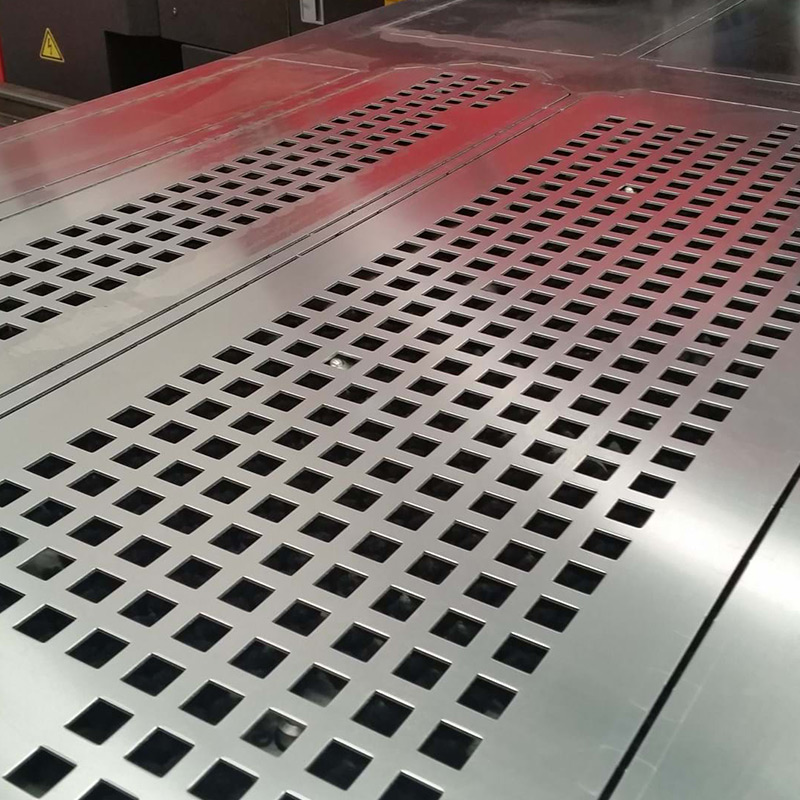What is the K & Y Factor in Sheet Metal?
The K and Y Factors are engineering concepts used to define the bending properties of sheet metal and how these properties affect the product. These concepts represent part constants, which are then used in formulas to work out how long a piece of material needs to be in order to bend a certain amount.
A constant is a part of a mathematical expression that always remains the same, or, in other words, does not contain a variable. A part constant is simply one aspect that makes up the whole constant. This constant is then placed in a formula that is used to make calculations.
K and Y are defined based on the neutral bend line, which is the position in the metal where no stretching or compression is taking place. When a piece of material is bent, the inner side compresses because the length decreases, while the outside stretches as the length on that side increases. The point along the sheet where no compression or stretching occurs is known as the neutral axis.
The K Factor
K is calculated by dividing the thickness of the material by the neutral axis. The neutral axis is further from the turning point when sheets are thicker, and this is why K is so important. Once it has been identified, the process can then be reversed by multiplying K by the different thicknesses, which will determine the distance that the neutral axis will shift.
Engineers, fabricators and other professionals use the results calculated from these formulas to decide on what thickness a piece of material should be to be capable of forming a specified radius. Smaller radiuses require thinner material because, according to the Y Factor, this means the neutral axis will be closer to the turning point. In simpler terms, this means less stretching and compression takes place.
The Y Factor
Y is calculated by halving K and then multiplying the result by pi. This means that if you let Y equal .5, K will equal .318. The starting point for sheet metal design is usually around this number, so the default of Y is 5.
Applying These Concepts
The K and Y factors are used to determine sheet metal bend allowance, which is the total length a piece needs to be, minus the extra length caused by stretching.
Bend allowance is the process of cutting a piece of material to length so that when stretching occurs, the final length will be correct.
Premium Fabrication Services in Melbourne
If you need fabrication services, KNS is located in Dandenong and has over 30 years of experience in the industry. Whether you need CNC folding, laser cutting or something else, we have the resources and skills to help.
Contact us today by giving us a call or filling out our online contact form. To find out more about how we can help, our dedicated team is available to discuss your needs and work to find the perfect solution for you.


